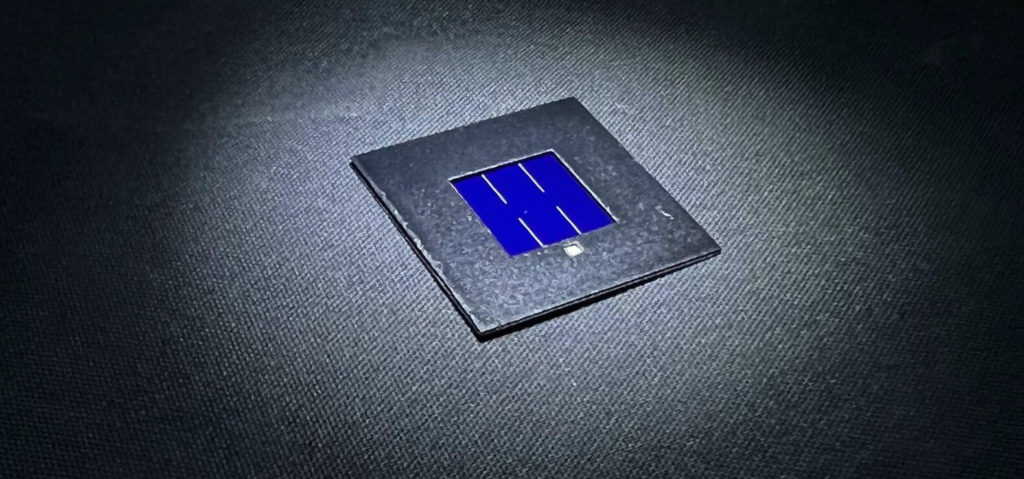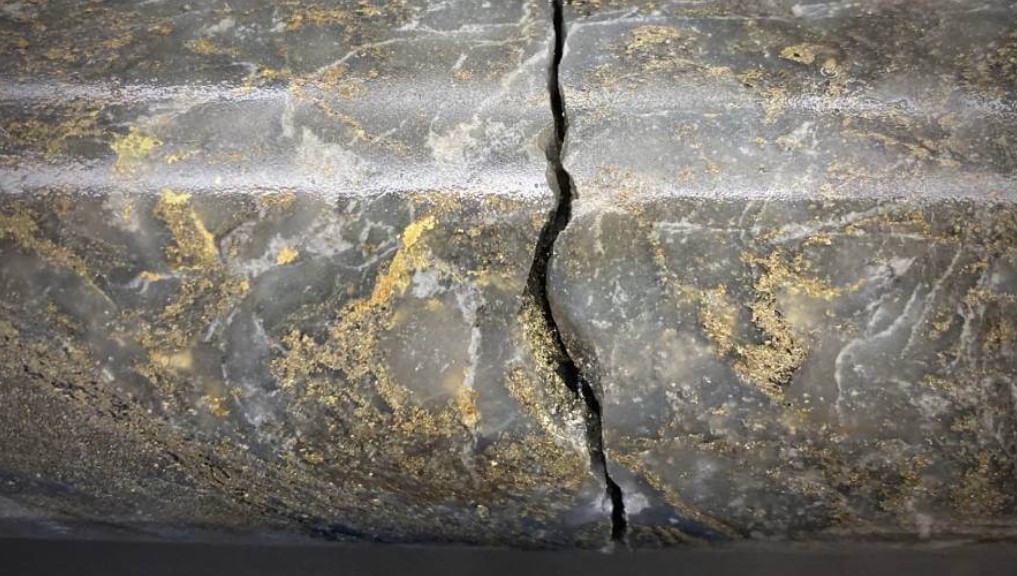Energy
Monday, August 15th, 2022 5:06 am EDT
Also, a mismatch between energy levels at this interface hinders electron separation within the cell. Cumulatively, these problems lower the maximum operating voltage available, or open-circuit voltage, of the tandem cells and limit device performance.
These performance issues can partially be solved by introducing a lithium fluoride layer between the perovskite and electron-transport layer, which usually comprises the electron-acceptor fullerene (C60). However, lithium salts readily liquify and diffuse through surfaces, which makes the devices unstable.

“None of the devices have passed the standard test protocols of the International Electrotechnical Commission, prompting us to create an alternative,” lead author Jiang Liu said in a media statement.
Liu and his colleagues systematically investigated the potential of other metal fluorides, such as magnesium fluoride, as interlayer materials at the perovskite/C60 interface of tandem cells.
They thermally evaporated the metal fluorides on the perovskite layer to form an ultrathin uniform film with controlled thickness before adding C60 and top contact components. The interlayers are also highly transparent and stable, in line with the inverted p-i-n solar cell requirements.
The magnesium fluoride interlayer effectively promoted electron extraction from the perovskite active layer while displacing C60 from the perovskite surface. This reduced charge recombination at the interface. It also enhanced charge transport across the subcell.
The resulting tandem solar cell achieved a 50 millivolt increase in its open-current voltage and a certified stabilized power conversion efficiency of 29.3% — one of the highest efficiencies for perovskite-silicon tandem cells.
“Considering that the best efficiency is 26.7% for mainstream crystalline silicon-based single-junction cells, this innovative technology could bring considerable performance gains without adding to the cost of fabrication,” Liu said.
To further explore the applicability of this technology, the team is developing scalable methods to produce industrial-scale perovskite-silicon tandem cells with areas exceeding 200 square centimetres.
“We are also developing several strategies to obtain highly stable tandem devices that will pass the critical industrial stability protocols,” the scientist pointed out.
This post has been syndicated from a third-party source. View the original article here.




